The winter rains have finally arrived to Sonoma County, yet the former East Coaster in me can’t help but feel that Spring is really here each time we don our rain gear and head out into the March rains. Our garden is in heaven!
This past week we’ve been busy with Spring crafts, blowing out eggs, and dying them with ingredients found in our kitchen. We’ve found natural-egg dying to be incredibly easy and fun, thanks in large part to this excellent list of all-natural Easter egg dye recipes from Better Homes and Gardens (pinned here on Pinterest).
Our favorite and most vivid dye so far? Cabbage!
From the color of the dye you might expect bright red or purple colored eggs, yet red cabbage makes for the most beautiful light blue eggs instead. (Such a fun Everyday Learning project for the kids! We’re all about science in the kitchen.)
While the eggs dyed with cabbage and saffron were vivid, the other ones we tried (tea, beets, and paprika) were less successful:
I’m still hoping to try yellow and red onion skins (for orange and jade green eggs, respectively), and grape juice to make some lavender colored ones.
In the mean time, look at this fine little row of eggs:
Hands on learning is such fun!
Especially when we get to spend a rainy day at home in our pajamas doing art projects in the kitchen.
Happy Spring!
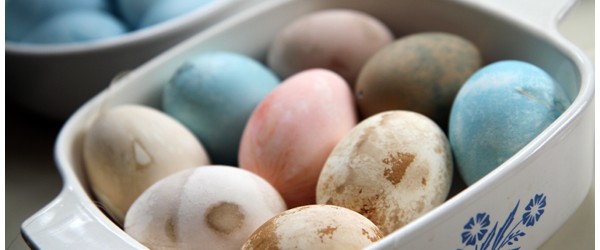

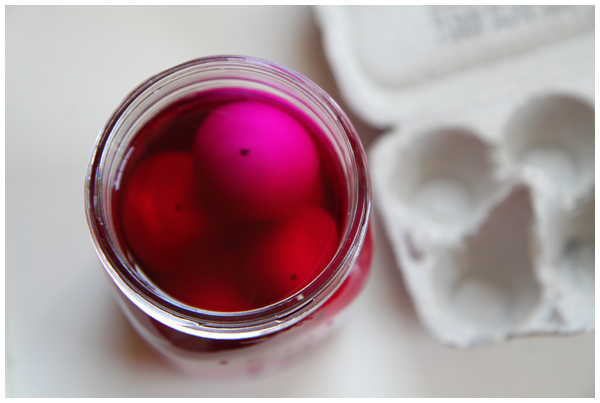
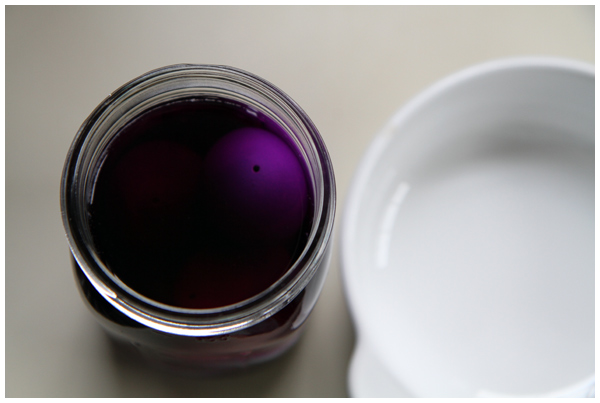
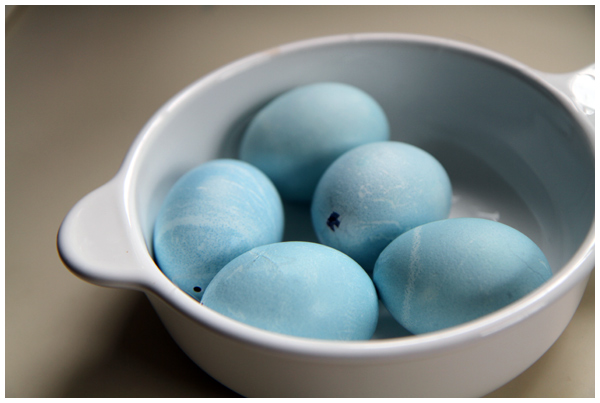
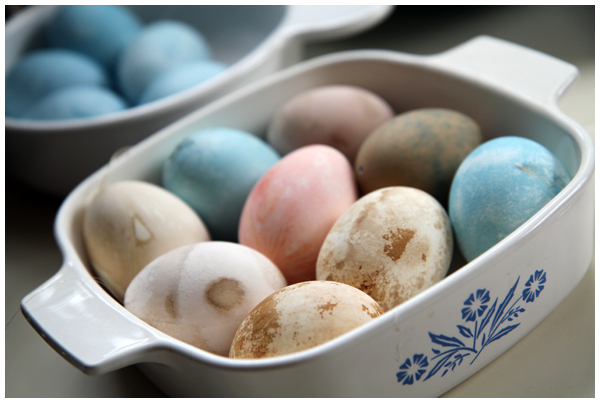
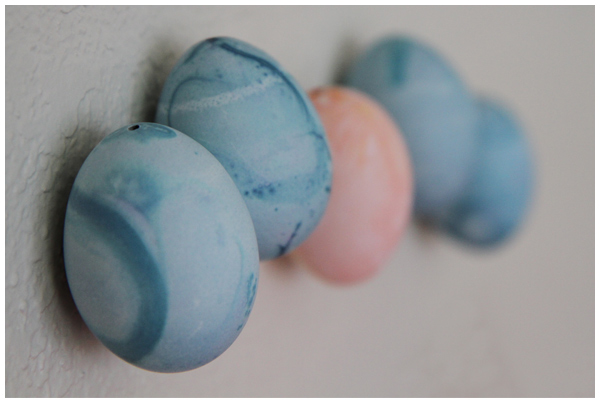
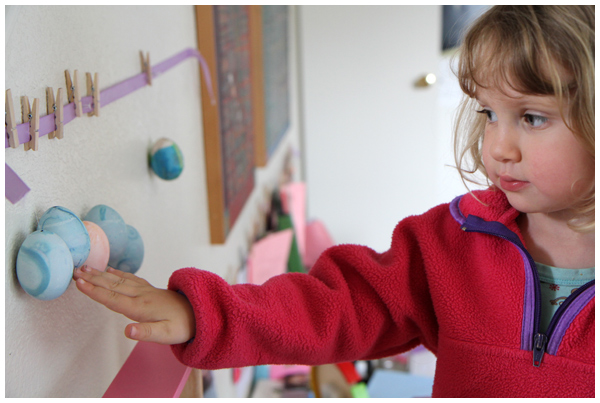
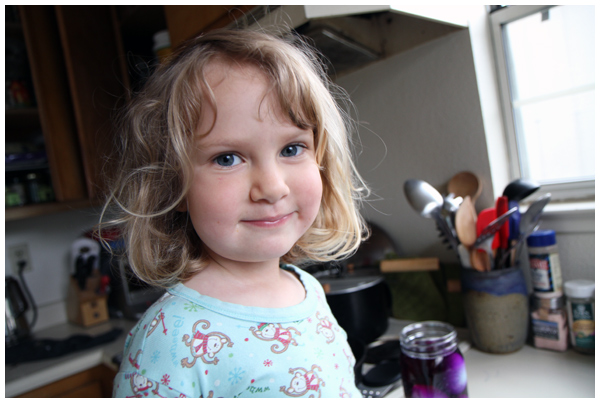
Very very nifty. The chemistry is so cool — who would think that bright purple cabbage would turn light blue?!
I wonder how many of those recipes would work on fabric…
Wow! Red cabbage makes light blue eggs?!! A fun tie-in could be the colors of our neighborhood birds’ eggs — like these robin eggs, which your blue eggs reminded me of!
http://www.google.com/imgres?imgurl=http://www.learner.org/jnorth/images/graphics/n-r/robin_Brophy026.jpg&imgrefurl=http://www.learner.org/jnorth/tm/robin/EggstraEggstra.html&h=480&w=641&sz=81&tbnid=p99-t-rBOFwK9M:&tbnh=90&tbnw=120&zoom=1&docid=sjokjm0xFkjszM&sa=X&ei=bO5pT9mUFJOx0QG0ns37CA&ved=0CEUQ9QEwAA&dur=482
oh, this brings me back to waldorf! we used to gather plants from around the grounds to dye wool. i remember mustard seed & black walnuts worked beautifully…
Hmm…you’ve got me thinking. How about turmeric for bright yellow? And cooked beet water for pinky/purple? Would mixing them together produce orange? Gee, this could be fun!